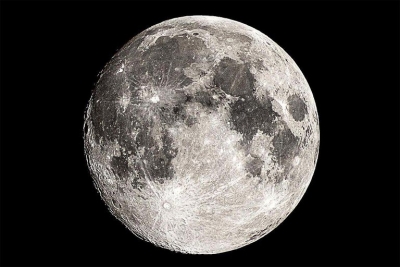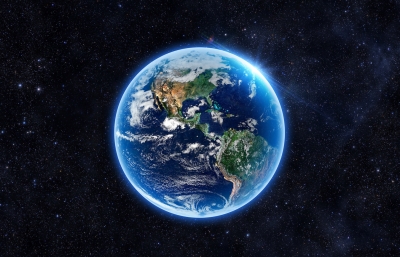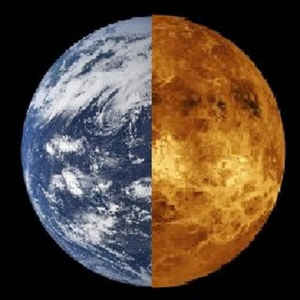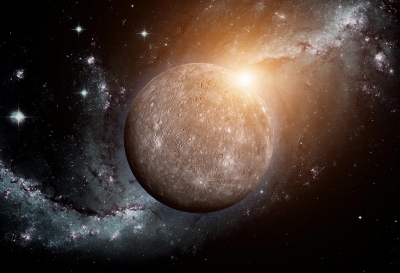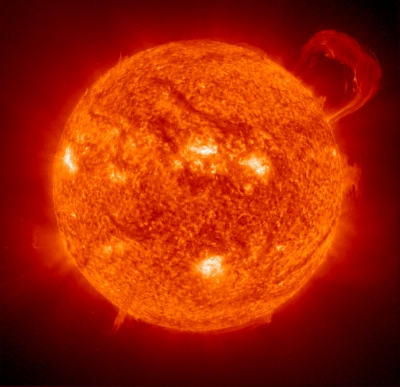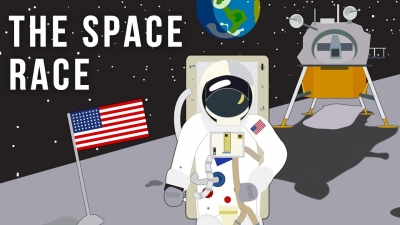
In the middle of the 20th century the USA and the Soviet Union were struggling to be the most powerful country in the world. Both countries wanted to be the first to send spacecraft and people into space, and so the Space Race began.
The first man-made object to travel into space was the Soviet satellite Sputnik 1. It was launched on 4 October 1957.
A month later, on 3 November 1957, the Soviet Union sent a dog into space. She was called Laika, and became the first living creature to orbit the Earth.
In April 1959, the US introduced its first group of astronauts, known as the Mercury 7. They were an elite group of pilots who did special training to travel to space.
But the Soviet Union sent a human to space first! On 12 April 1961, Russian cosmonaut Yuri Gagarin orbited the Earth.
In September 1962, US President John F. Kennedy set the goal of landing a man on the Moon by the end of the decade.
But the Soviets were still ahead, and in June 1963, Valentina Tereshkova became the first woman to travel the space.
In a further triumph, on 18 March 1965 the Soviet cosmonaut Alexei Leonov became the first person to walk in space!
However, the United States were first to the Moon. The Apollo 11 mission launched on 16 July 1969 and successfully landed on the Moon four days later.
On 20 July 1969, Neil Armstrong and Buzz Aldrin became the first people to walk on the Moon. The Space Race was over.
Picture Credit : Google

